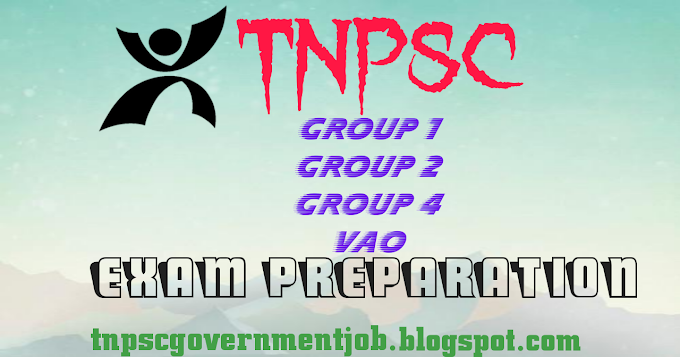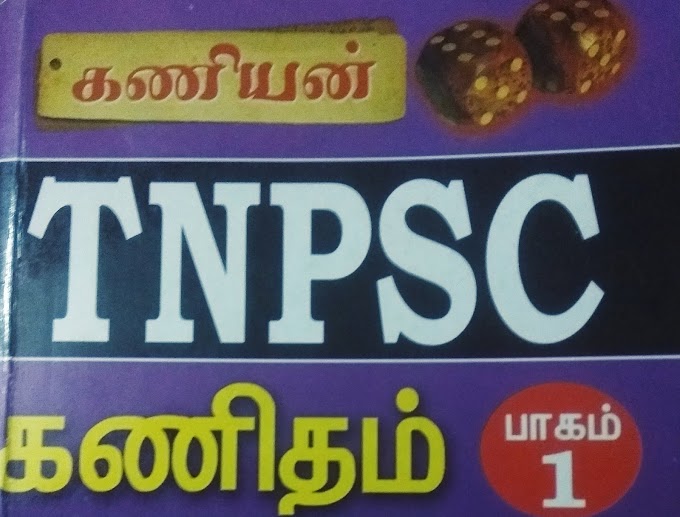Key Concepts of VEDIC AGE
It is a very useful key concept for preparing Competitive exam Aspirants Like TNPSC, IAS, SSC, RRB, TET, etc...
The Vedic Literature
- The Veda comes from the word Vid, means to know or knowledge.
- Vedic texts are divided between Sruti (based on Hearing) and Smriti (based on Memory)
- Veda is divided into Samhitas
1.)Rig Veda
- It is the best religious text in the world
- Collection of hymns, composed around 1700 BC, contains 1028 hymns and is divided into 10 mandalas
- 2nd to 7th are earlier mandalas
- A particular family of Rishi Grisamad, Visvamitra, Vamadeva, Atri, Bhardwaja, Vashistha.
- 8th mandala is Kanvas and Angiras.
- 9th mandala is the compilation of soma Hymns.
- 10th contain a Purushasuktab Hymns Which explain four varans
- The 3rd mandala contains the Gayatri mantra
- Saraswati is the Deity river in the Rig Veda
2.)Sama Veda
- Sama Veda derives its roots from "saman", which means melodies.
- It is a collection of melodies.
- The hymns of the Sama Veda were recited by Udgatri at the Soma sacrifice.
- It contains Dhrupad Raga.
3.)Yajur Veda
- Deals with the procedures for the performance of sacrifices.
- The beliefs and rituals of non-Aryans are written in it.
- Two texts of Yajur Veda.
- Shukla (White) Yajur Veda.
- Krishna (Black) Yajur Veda
4.)Atharva Veda
- It is a book of magical Formulae.
- It contains Charms and spells toward off evil and disease.
Join Telegram Group
Online Test Series
Ancient India History
Indian Polity
Current Affairs
Modern India History
Other Related Articles
Group 1 Exam
Group 2 Main Exam






